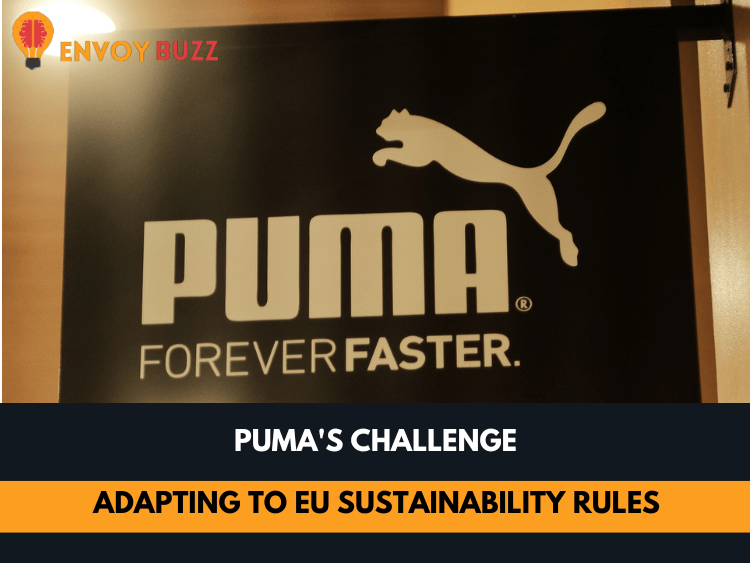On September 6th, in London, the head of sustainability at Puma (PUMG.DE), a prominent sportswear brand, openly acknowledged the considerable challenges posed by the new corporate reporting requirements related to sustainability imposed by the European Union. He highlighted the complexity of aligning with these stringent regulations, emphasizing the need for careful consideration and adaptation within the company.
Furthermore, he described the imminent situation as an “avalanche” of regulation within the European Union. This choice of words suggests that the company anticipates a substantial volume of regulatory changes in the near future, making it even more critical for Puma and similar businesses to proactively address sustainability reporting to stay compliant and meet their environmental and social responsibility commitments. The characterization of these regulations as an “avalanche” underscores the magnitude and urgency of the upcoming regulatory landscape.

Stefan Seidel, head of sustainability at Puma, spoke openly about the company’s current stance on compliance with the Corporate Sustainability Reporting Directive (CSRD) during a panel discussion at the Reuters IMPACT conference in London. He emphasized that Puma is now a long way from fulfilling the strict criteria established by the CSRD. This declaration acknowledges the necessity of significant efforts and adjustments within the organization to achieve compliance and underlines the difficulties and complexities involved in aligning with the directive’s provisions.
Seidel noted that Puma has been reporting on sustainability for two decades, yet despite this extensive track record, he suggested that the current requirements of the CSRD may be somewhat excessive or stringent.
Companies must follow the guideline, which requires them to identify environmental risks, set goals, and have external audits performed on their sustainability reports. The 2024 fiscal year is subject to this compliance obligation, and reports are expected to be made public in 2025.
According to Seidel, Puma obtains information on emissions, energy use, water use, waste production, as well as social statistics like employee turnover and wages, from its tier one and two suppliers.
He mentioned that the company had achieved a remarkable feat of reducing its emissions by 9% between 2017 and 2022, all while experiencing a twofold increase in its business operations.
In this evolving landscape of sustainability reporting, Puma is a representation of both the difficulties and the possibilities for significant transformation in the corporate sector. As companies grapple with the “avalanche” of regulatory changes on the horizon, Puma’s journey serves as a testament to the dedication required to meet environmental and social responsibility commitments. With a track record of reducing emissions while expanding business operations, Puma is a prime example of how innovation and adaptation can be used to build a more sustainable future. As we move forward, it’s clear that sustainability reporting will remain a central pillar in the global business landscape, demanding continual effort, transparency, and collaboration from companies like Puma and beyond.
For more news visit Envoybuzz.

